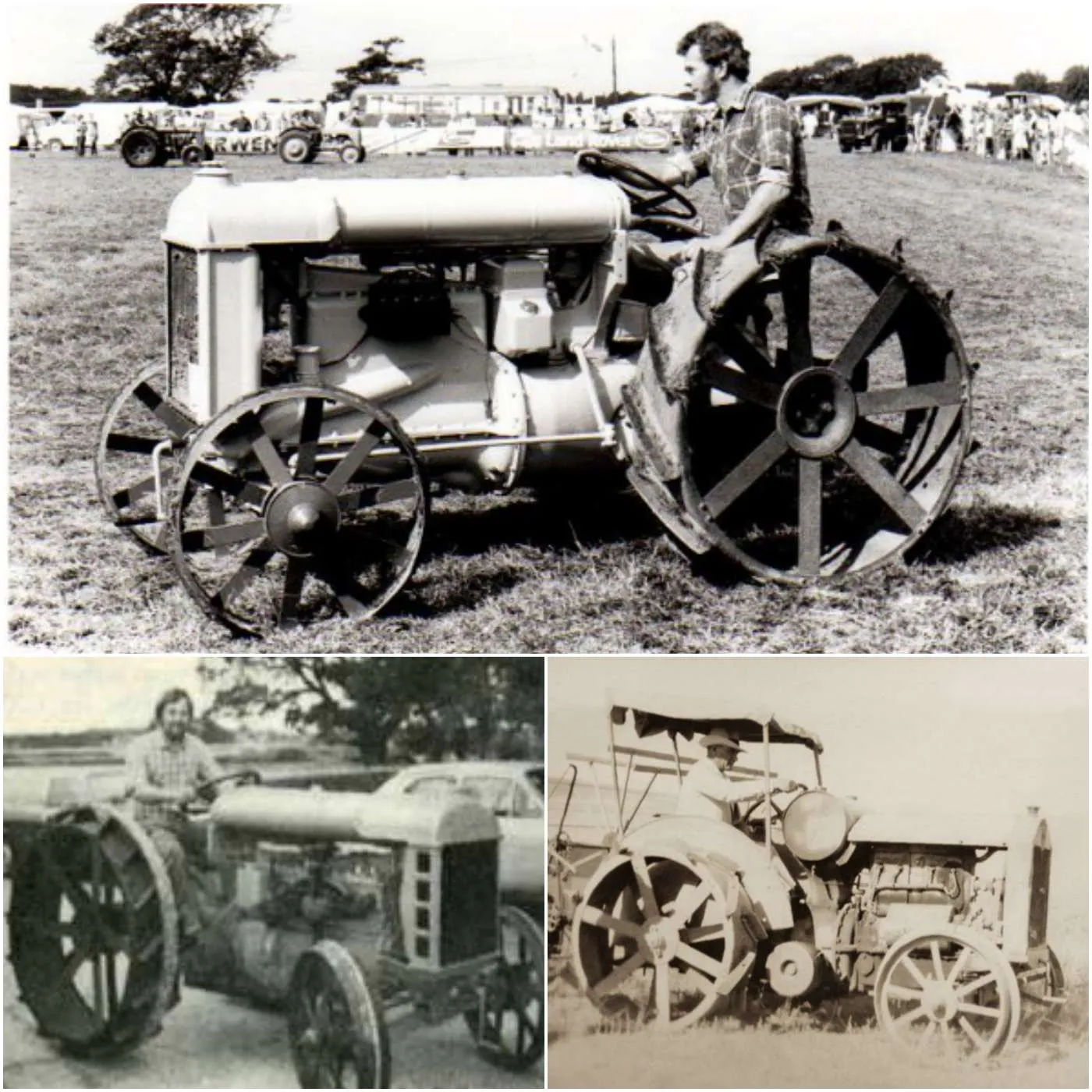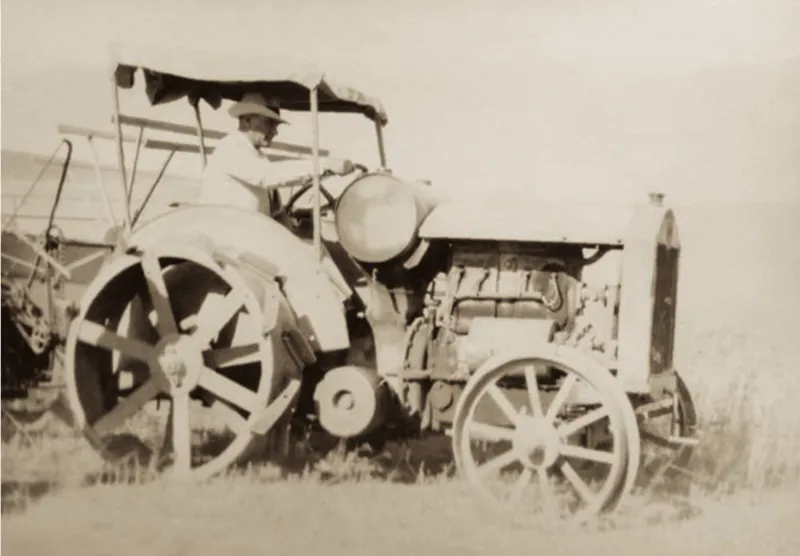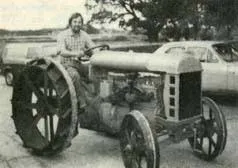The 1917 Fordson F: A Revolutionary Tractor That Transformed Agriculture.
The 1917 Fordson F stands as a pivotal piece of agricultural history, marking a significant shift in the way farming was approached and executed. This groundbreaking tractor, produced by the Ford Motor Company, revolutionized agriculture by introducing mass production techniques to tractor manufacturing, thereby making mechanized farming more accessible to farmers around the world.
Before the introduction of the Fordson F, farming was labor-intensive and heavily reliant on animal power. The Fordson F, with its affordable price and reliable performance, was a game-changer. It was the first mass-produced tractor, embodying Henry Ford’s vision of making agricultural machinery affordable and efficient for the average farmer. This accessibility enabled farmers to significantly increase productivity and reduce the physical labor required for farming tasks.

The Fordson F was powered by a four-cylinder engine capable of delivering 20 horsepower. Its innovative design included a cast iron frame that integrated the engine, transmission, and rear axle, which provided durability and ease of maintenance. This design was not only robust but also simplified the manufacturing process, allowing Ford to produce these tractors at a lower cost.
The widespread adoption of the Fordson F had a profound impact on farming practices. It allowed for faster plowing, planting, and harvesting, which increased crop yields and efficiency. The tractor’s ability to operate various attachments further diversified its utility on the farm, from plowing fields to hauling heavy loads. As a result, the Fordson F played a crucial role in modernizing agriculture and paving the way for future technological advancements in the field.
The influence of the Fordson F extended beyond the United States. Its affordability and reliability made it a popular choice for farmers worldwide. By the early 1920s, the Fordson F had become a global phenomenon, with production facilities established in Ireland, England, and Russia to meet the international demand.

The legacy of the 1917 Fordson F is still evident today. It set the standard for future tractor designs and remains a symbol of innovation in agricultural machinery. The principles of mass production and affordability that Henry Ford applied to the Fordson F continue to influence the manufacturing and distribution of agricultural equipment.
The 1917 Fordson F was more than just a tractor; it was a revolutionary force that transformed agriculture. By making mechanized farming equipment accessible to a broader range of farmers, it increased agricultural productivity and efficiency, setting the stage for the modern farming practices we see today. The Fordson F’s legacy is a testament to the enduring impact of innovation and vision in transforming industries and improving lives.






